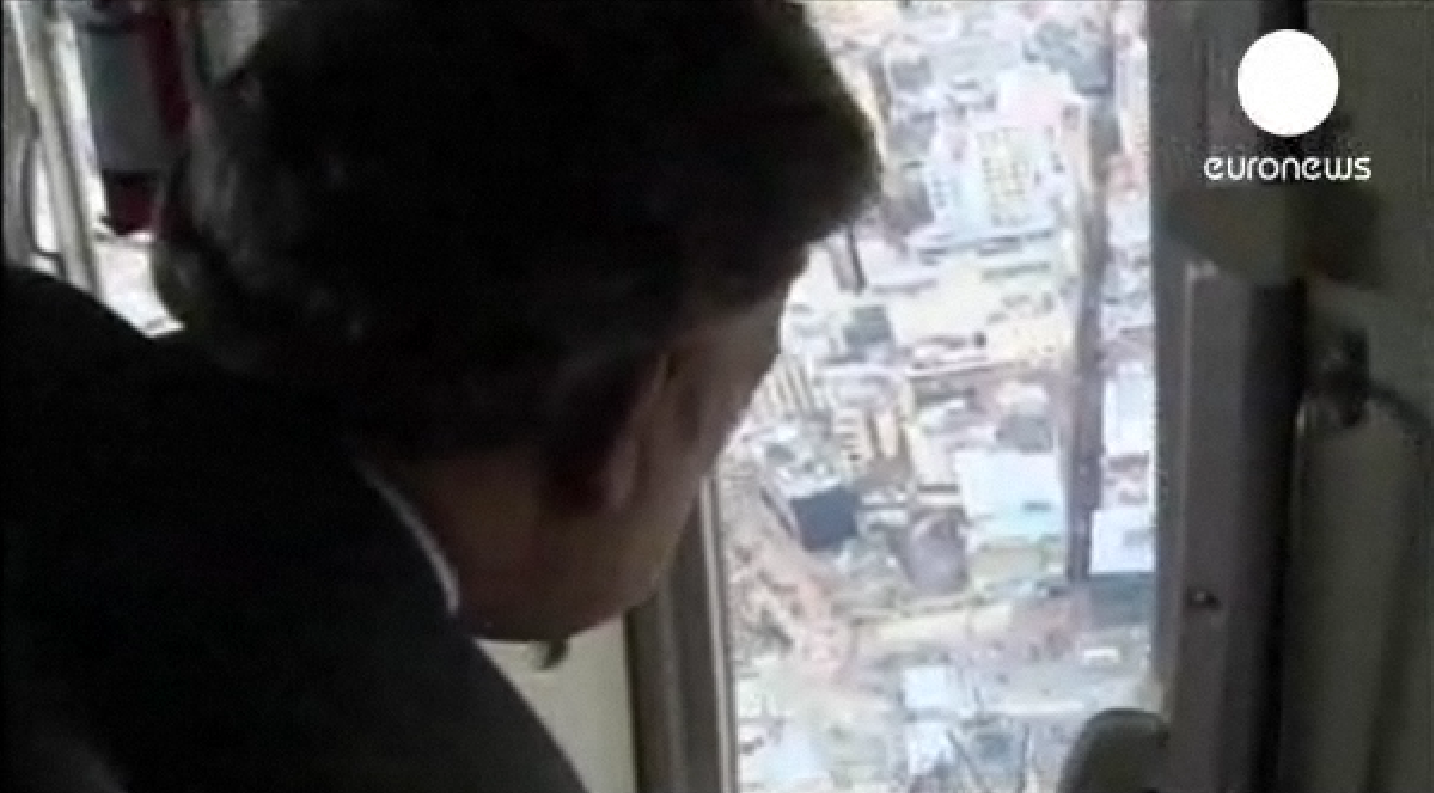Colombia sends military to cities after police fail to maintain protests peaceful
Colombia Reports | Aug 29, 2013
Colombia sends military to cities after police fail to maintain protests peaceful
by Adriaan Alsema
Colombia’s defense minister announced he’ll be sending the military to cities where police failed to maintain the peace at anti-government protests Thursday during which at least a hundred protesters were injured and dozens were arrested.
Speaking from the presidential palace, Defense Minister Juan Carlos Pinzon said that “we are going to increase the military presence in certain cities to give Colombians the confidence and tranquility they deserve.”
Pinzon additionally called on protesters who have been protesting for almost two weeks “to go home.”
The defense minister also called on the country’s judicial branch to “not release those vandals we caught in the coming hours, to assure these vandals who have been recorded on film … end up in prison like they should.”
While the government insists the violence was incited by “infiltrators,” “vandals” and even “terrorists,” reporters and witnesses in both Bogota and Medellin assured police caused panic by attacking the protests without reason.
In Bogota, police incited at least some of the violence by attacking at least one group of peaceful protesters by throwing teargas and beating protesters with bats around the time the central Plaza de Bolivar began to fill with indignant students, farmers, miners and representatives from numerous other economic sectors who wanted to express support for an almost two-week accumulation of strikes in the countryside.
Around the same time, hooded men began throwing sticks, stones and bricks at police who subsequently swept the Plaza de Bolivar clean and the violence between groups of hooded men and police spread over the city.
Radical groups within the demonstration had come prepared — some wore gas masks, others were waiving banners of rebel groups FARC and M-19, while smashing in windows of banks and shops.
“Unfortunately, the ‘radicalized’, violent hardcore ruined it for all,” a witness told Colombia Reports.
According to newspaper El Tiempo, the situation in Bogota got so out of control that at one occasion protesters had to jump in to protect riot police that had been cornered and was under attack by a mob.
According to witnesses in Medellin, police carried out a similar offensive approach when the until-then peaceful march arrived at its destination, the local administrative district.
“Everything was calm until the people arrived at the [administrative district] Alpujarra and the police — I don’t know why — attacked us,” one protester told Colombia Reports.
Nevertheless, rioters had preceded the marches in the downtown area of Medellin earlier in the day where public and private property was also vandalized and tension stayed until late in the evening. The early riots had made the atmosphere tense .
Three reporters from local media were reporters beaten by police in Medellin, while a mob attacked an employee of national television network Caracol in the capital.
The announced increase in troops in urban areas is the latest step in an ongoing escalation of violence that began months ago when protesting farmers in the abandoned northwestern region of Catatumbo blocked roads in order to demand attention they had unsuccessfully been seeking peacefully for months.
As the government failed to attend the Catatumbo protest and videos of alleged police brutality began to circulate on social media platforms like Facebook and Twitter, other rural sectors joined their Catatumbo colleagues, resulting in the mobilization of hundreds of thousands of protesters across the country.
The protests were supported by leftist political movement Marcha Patriotica and a number of labor unions, who joined the protests Monday last week, weeks after announcing the protests.
In spite of the growing popular support for the strikes and an increasing number of economic sectors joining, the Colombian government has refused to talk to the majority of national strike organizers, focusing only on reluctant, local protest groups.
Also after Thursday’s violent outburst, President Juan Manuel Santos, who spent the day at the National Police overseeing the protests, made no comments in regards to the escalating unrest.
Sources
– Reporter in Bogota
– Two witnesses in Medellin
– Witness in Bogota
– Minuto a minuto del paro agrario en Antioquia (El Colombiano)
– Manifestantes salvan a 20 policías de linchamiento en Plaza de Bolívar (El Tiempo)
– Decretan toque de queda en Bosa, Ciudad Bolívar, Suba y Engativa (El Tiempo)






